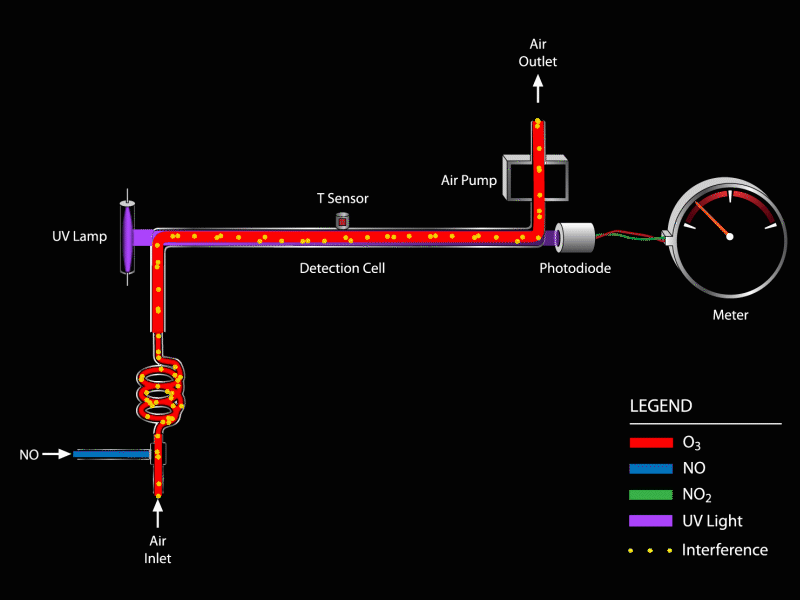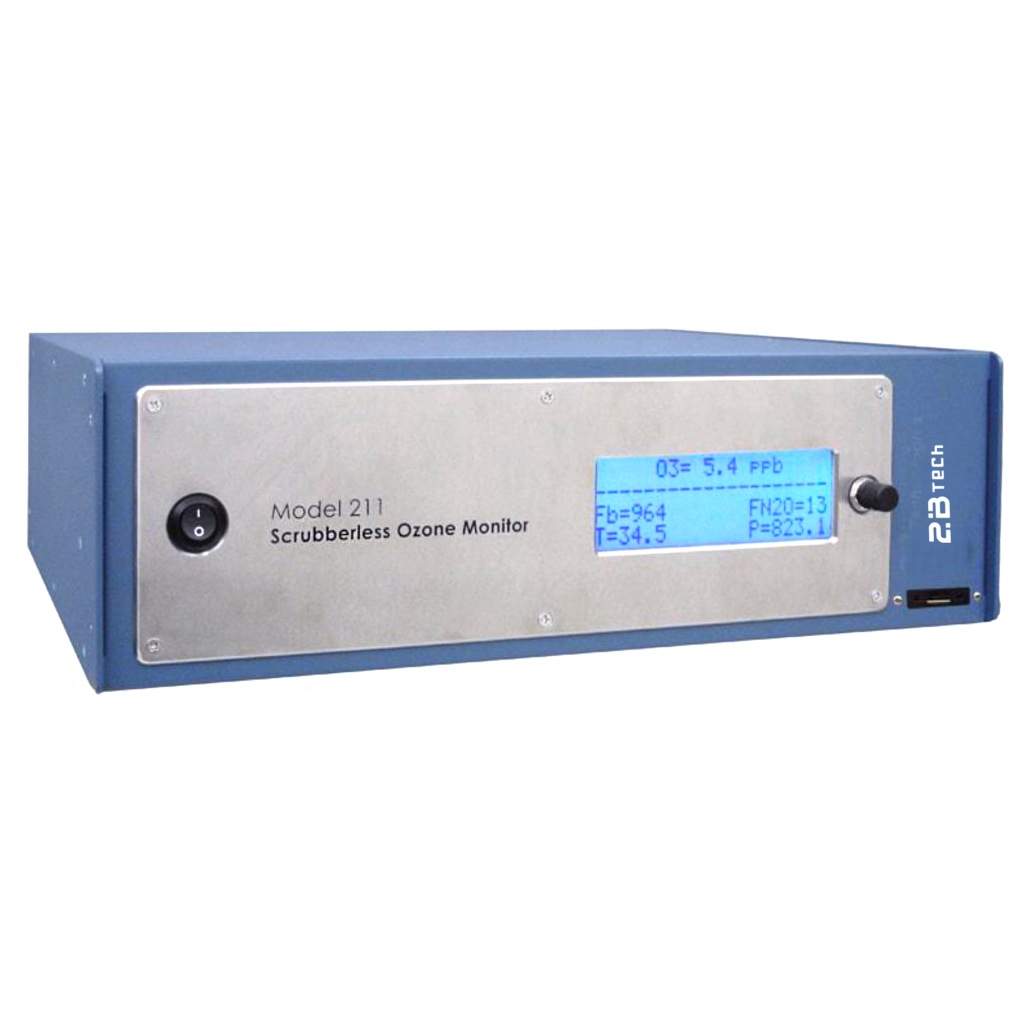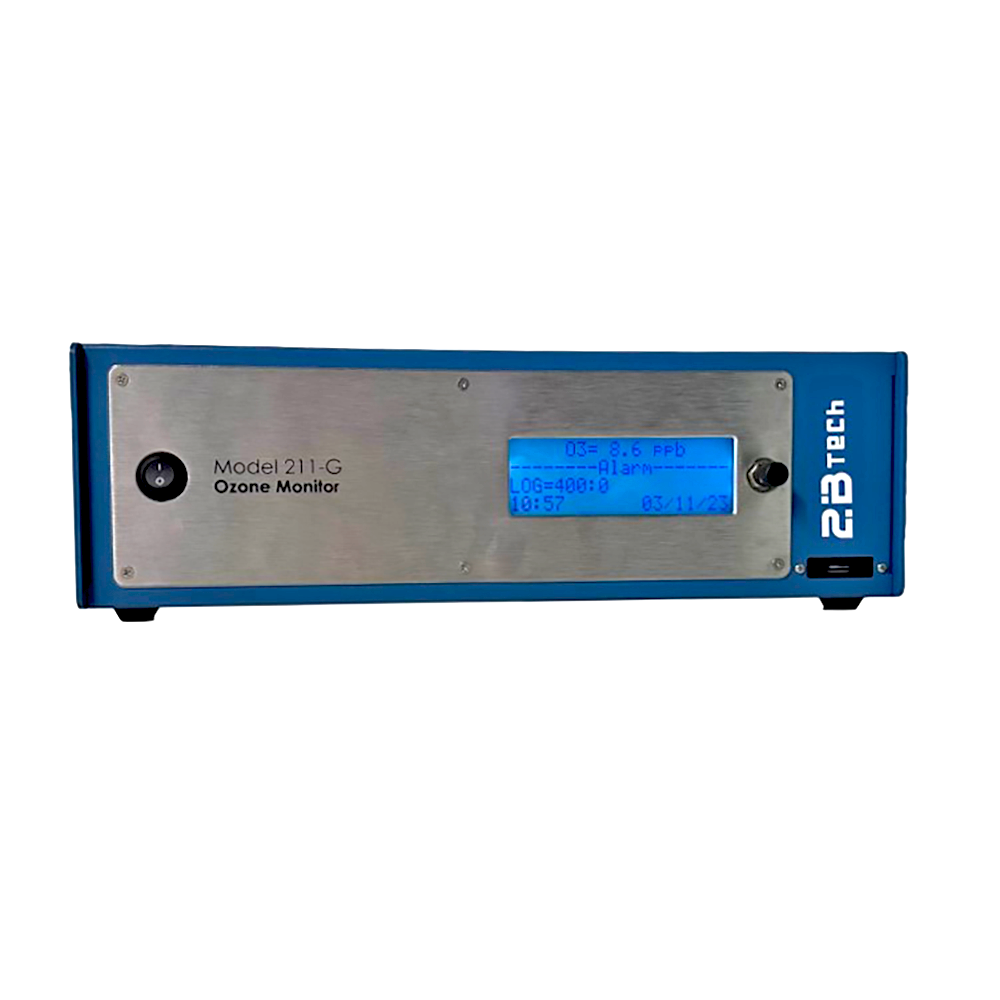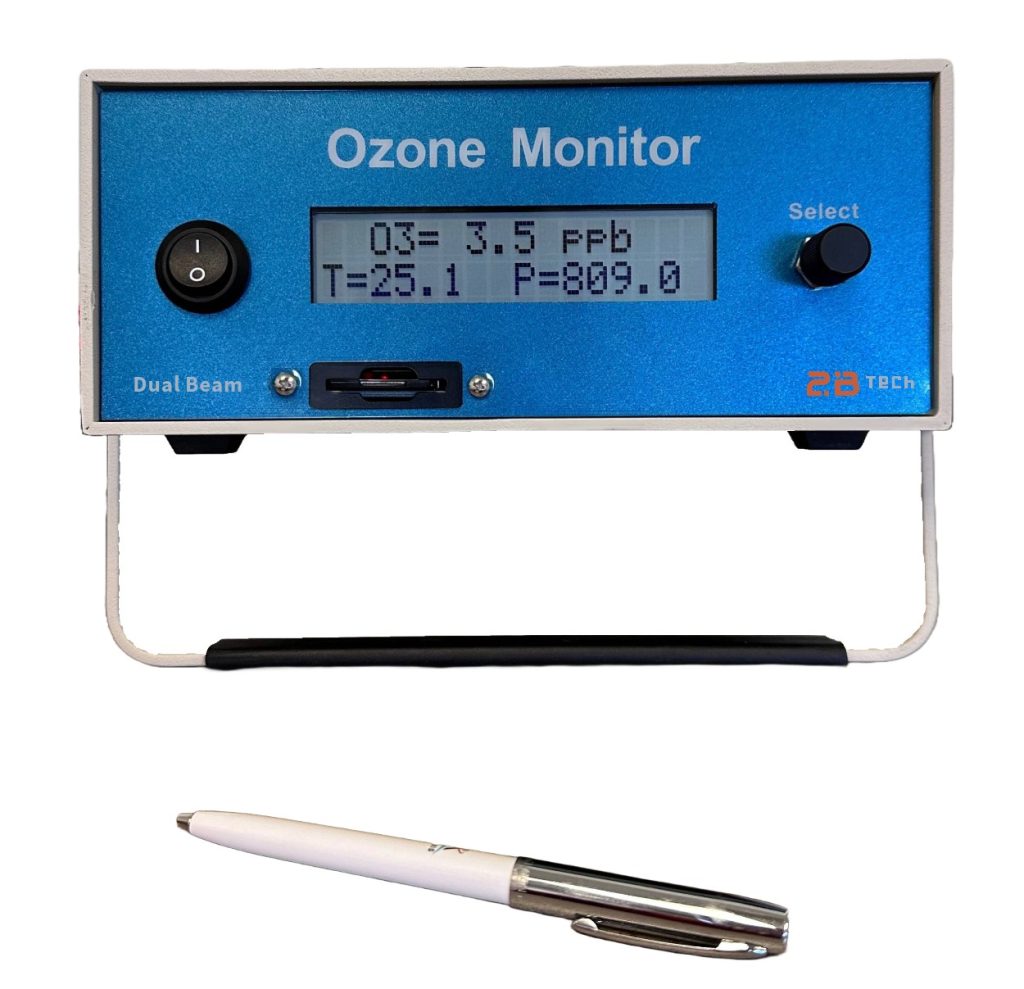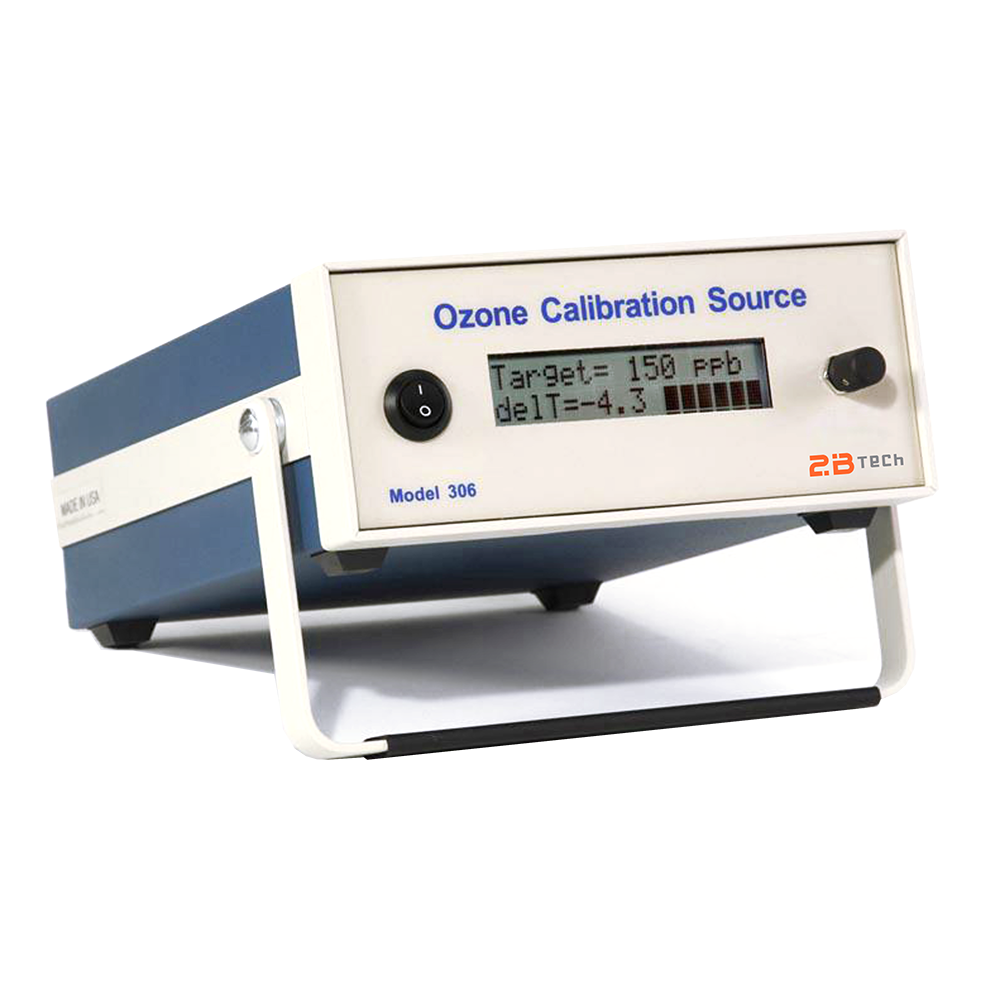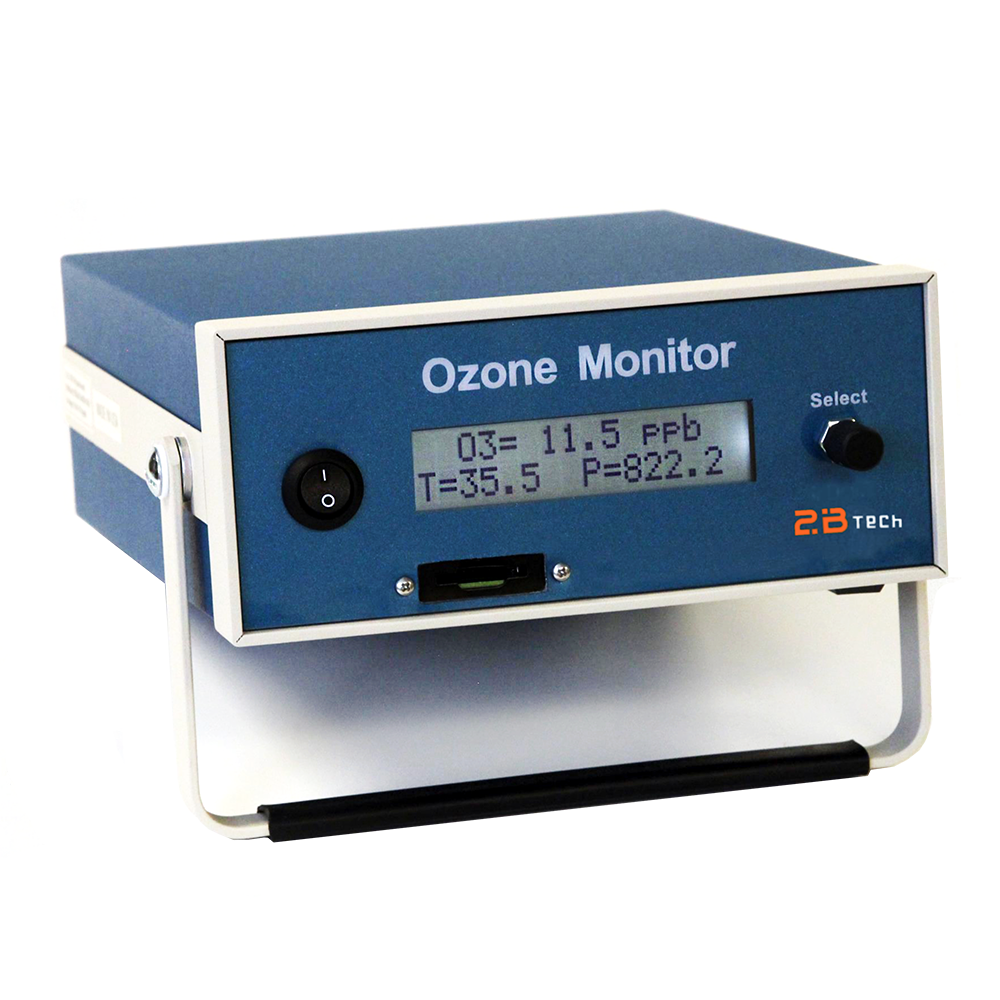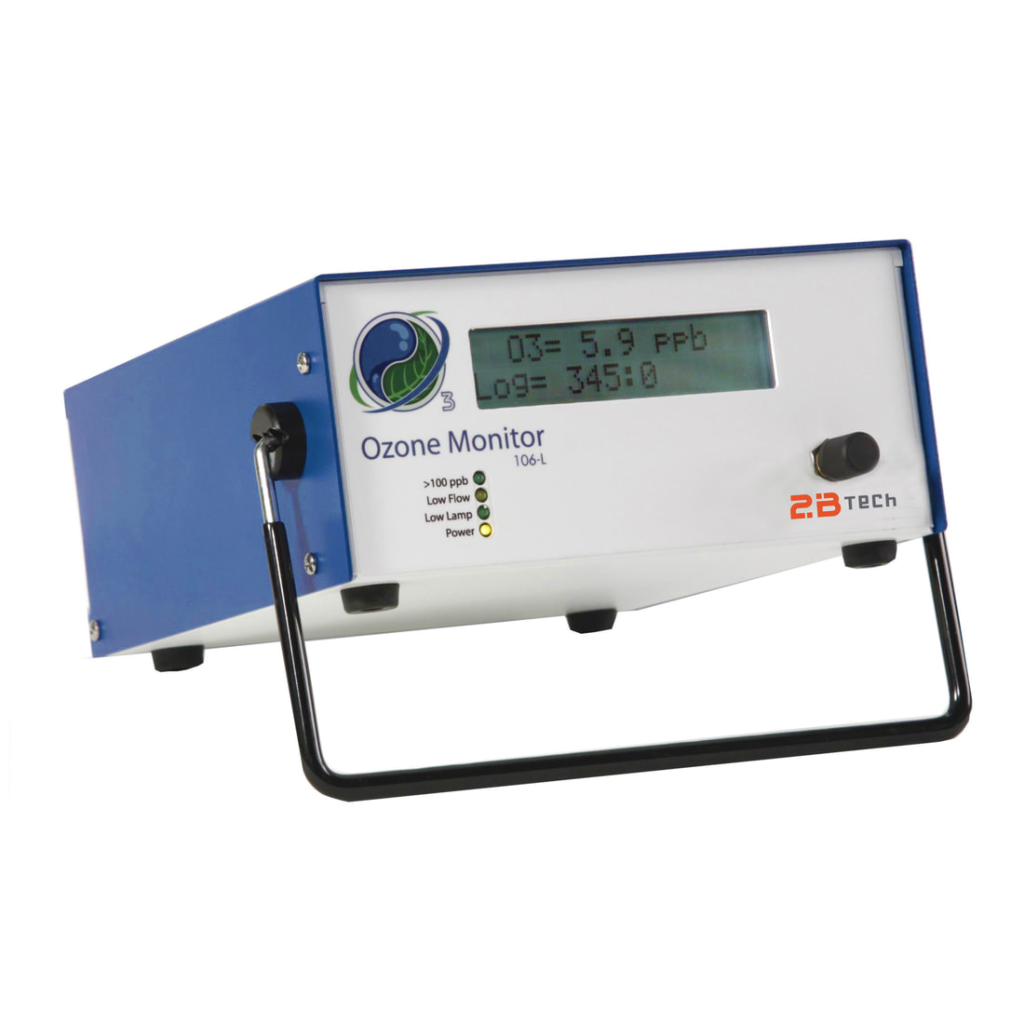- UV-Absorbance based ozone monitor with our patented (US Patent No. 8,395,776 B2) gas-phase scrubber technology to measure ozone virtually free of interferences
- Ideally suited for measurements of ozone in heavily polluted air where interference is likely from particulates, mercury, or VOCs
- Combines the stability of our proven dual beam ozone monitors with our selective scrubber technology to provide accurate ozone measurements in the most polluted air
- The enhanced optical path length of 30 cm provides a precision of better than 0.5 ppb for 10-second measurements
- Measurement frequency of every 2 seconds
- Designated by the EPA as a Federal Equivalent Method (FEM): EQOA–0514–215
Theory Behind the Model 211’s Gas-Phase Scrubber
Conventional ozone monitors remove ozone for the Io measurement by passing the sample air flow through a solid scrubber (e.g., hopcalite or a series of metal oxide screens). Mercury and certain aromatic compounds either adsorb or react at the solid-phase scrubber surface. This causes high ozone values by up to a few ppb on highly polluted days and can cause a region to be out of compliance with the EPA’s ozone standard.
The 2B Tech Model 211 Ozone Monitor removes interferences from all UV-absorbing compounds and mercury by using nitric oxide (NO) in a GPT (gas phase titration) reaction in place of a solid-phase scrubber according to the well known reaction:
NO + O3 → NO2 + O2
The animation above illustrates the principle of a gas-phase NO scrubber for a single-beam instrument. A small amount (~5 ppm) of nitric oxide (NO; blue) is pulsed into the air flow every 2 seconds to destroy the ozone and produce nitrogen dioxide (NO2;green) which doesn’t absorb the UV light.
When ozone (red) is present, the signal at the photodiode is reduced. When ozone is destroyed by the NO, the signal increases. The difference in measured light intensities is proportional to the ozone concentration. Because the potentially interfering species (benzene, toluene, xylenes, aldehydes, mercury, etc.; colored yellow) are always present and not modulated by NO, they do not contribute to the signal difference and thus do not interfere with the ozone measurement.
Nitric oxide can be added directly from a compressed gas cylinder or by photolysis of nitrous oxide (N2O) provided from a liquid N2O cartridge. The use of N2O as a source gas eliminates the need for maintaining cylinders of toxic NO gas. Nitrous oxide is a relatively nontoxic gas sold as a consumer product as “Whippit” cartridges for making whipped cream.
